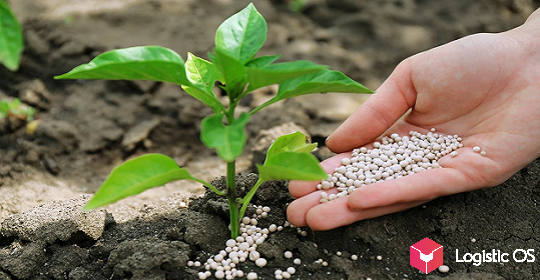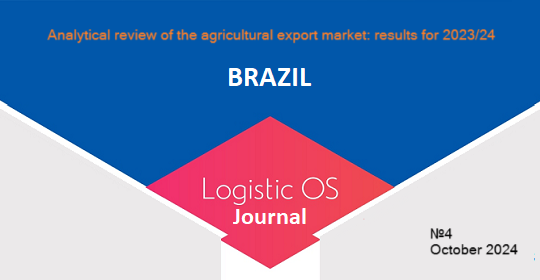According to statistics, in the Rostov region today, about half of large agricultural enterprises use monitoring of the movement of equipment. On the way — satellite surveillance and «precision farming».
Monitoring the movement of equipment allows you to answer the following questions:
— Equipment is idle or working.
— It is located in the field on which it should, or the tractor driver fulfills «third-party orders» at the expense of the enterprise’s resources.
— How efficient is the fuel being consumed, whether the worker is draining it or making a lot of unnecessary movements.
— How efficiently the chemicals are used: whether the fields are overlapped or spaced.
The use of such systems can save up to 25% of resources.
In general, in the south of Russia, up to 70% of large farms have introduced such technologies. However, some are willing to go even further.
How do satellite monitoring and artificial intelligence help the crop?
The Ministry of Agriculture of the Krasnodar Territory notes that about 200 farms in the region are already using the following technologies:
— Monitoring of crops from satellites and drones to determine their condition: degree of maturity, percentage of germination, damage by rodents.
— Spraying using the same drones.
— Sensors in the soil that determine the content of the required substances and the need for fertilization.
Having a large amount of information — for example, photographs of all fields of the farm taken from drones — it is already possible to connect artificial intelligence to analyze «big data».
Ideally, you can come to the fact that the AI itself will calculate the time of sowing, watering, fertilizing, using chemicals against pests and rodents, and harvesting. The agronomist will only need to provide readings of a large number of sensors and photographs.
«Agromonitoring made it possible to control the use of the land bank for its intended purpose, to increase the efficiency of its use, to use digital maps online at any point in the field, regardless of the quality of the Internet coverage, and to configure various reports,» says Valery Danilov, head of the Agrocomplex agricultural holding named after NI Tkachev «.
The implementation of such technologies has great potential, but there are problems:
- The company’s management cannot always calculate in advance what benefit (in money) it will receive from the implementation, so not everyone is in a hurry to implement it.
- Smart technologies should be applied by “smart workers”. Staff should be gradually trained to apply all of this data and not be afraid of large amounts of information.
- Monitoring and control are not combined with the use of the labor of employees who pursue their own interests. Therefore, in parallel, we have to carry out personnel work.
But in general, the use of digital technologies helps to optimize the most subtle nuances of agricultural technology: for example, to calculate from what height and in what amount chemicals should be sprayed for maximum efficiency. Therefore, those farms that want to implement them will save the most money and, possibly, get the best harvest.

